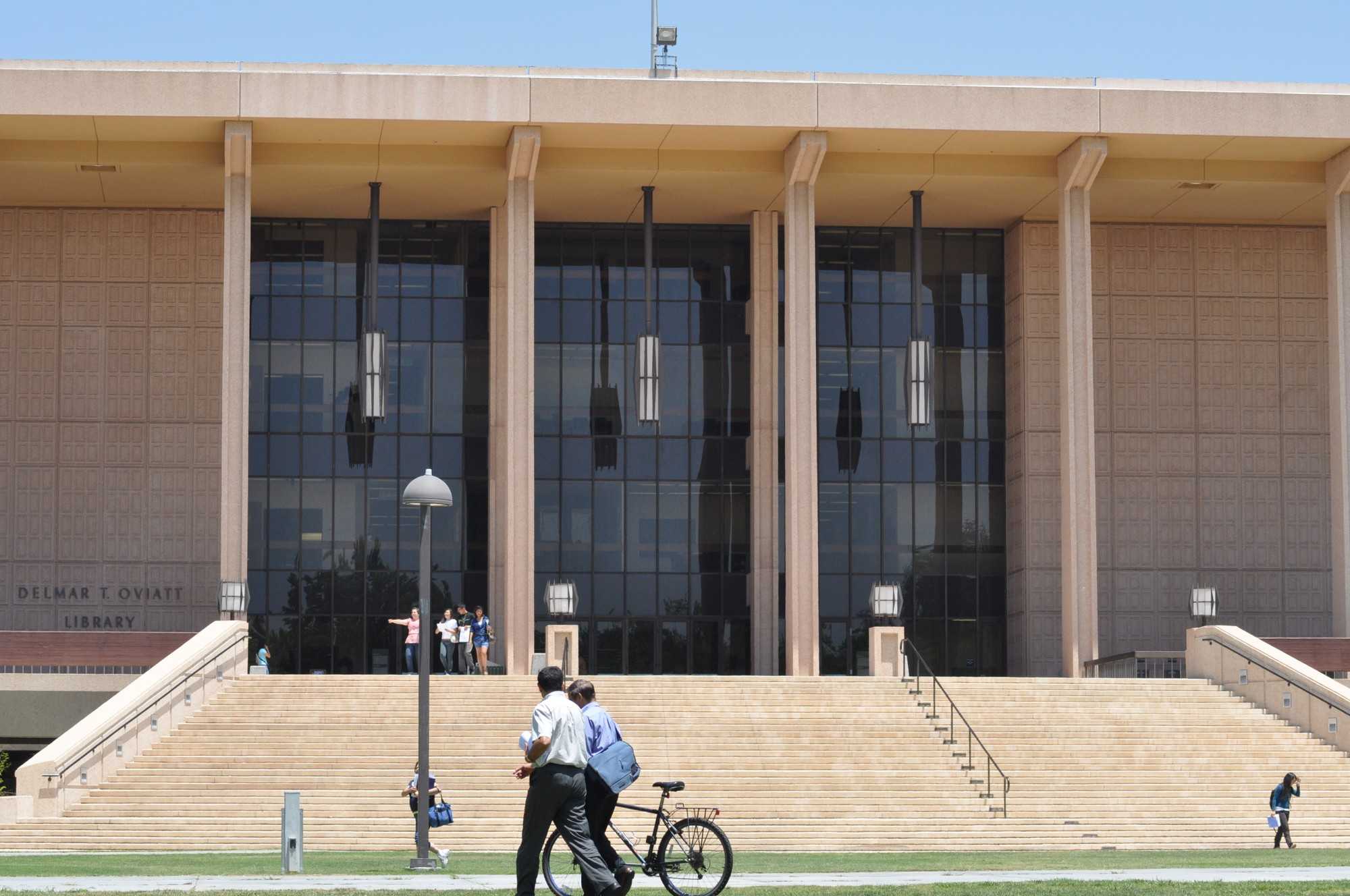Finals are around the corner, and along with the stress of turning in papers and exams comes the stress of choosing next semester’s courses.
The later the registration date means the greater stress level the student will reach.
At CSUN, class discussions are heated when talking about how to get the class students need. For students who don’t get the classes they need, spring semester will begin with an early camp outside of the classroom in hopes of getting an add code.
When I first got a taste of stress that comes with getting classes, I was confused.
Where I am from, we have a different system where the students don’t carry the weight and concern about not graduating as planned.
In Sweden students enroll into a program, which gets us pre-enrolled into all the classes that we need for our major until graduation.
According to communication Professor Kathryn Sorrells, there are 1,050 undergraduate communication majors and around 50 graduate students at CSUN.
The system is clearly not set up so that students will get the classes they need.
When students enroll, we specify our majors. The management is clearly aware of how many students there are and how many classes are needed to satisfy the their needs to graduate.
The problem is especially present with prerequisites. If a student doesn’t get them in the beginning of their academic years, they cannot move on to take other classes.
There is a reason why students line up to get into a class extra early like people camping outside stores on Black Friday.
When I started to think about why it is that the American system is so different from the Swedish system, it hit me. It is about the money.
In Sweden, education is free from kindergarten all the way up to the university level. Students only pay for books for classes when they reach the university level.
In America, everything has a price tag.
It costs to apply to school, to park at school, to receive a student identification card — it even costs money to rent books at the bookstore. Classes cost a lot of money.
The cost is more when you are an international student. For each unit, international students pay an additional $372, according to the CSUN webpage. For 12 units, my fellow international students and I pay $4,464. This is more than a full-time California resident pays.
Since we pay more money, we should be able to get the classes that we need and not have to pay for unnecessary classes to fulfill the visa requirements.
When a student fails to get the class needed, the student enrolls into a class they don’t need, which makes the school money. Therefore students like myself win the highest prize in a lottery for CSUN.
My suggestion for the well-being of our future CSUN classmates, we should apply the Swedish system of having students enroll into a program. This would only be in favor for full-time students that start their last two years at CSUN.
This is so the transfer students also get a chance to be enrolled into this so-called program. I know many will think about how much this would cost. This would take a little planning and not start anytime soon, so it could be planned in a way that no staff or extra classes would be needed.
Either way, no major changes would be needed except from pre-enrolling full-time undergraduate students into their classes. How much money would be lost — I don’t know, but with the extra money from international students, I am sure CSUN would be fine.
Not only does this program let students focus on doing well in their classes instead of planning strategy techniques on how to get into a class. It also makes friends for life. Many students complain the only way to make friends is to join a club or an athletic team. With this program, students would have the same set of classmates for two years.This would make group work, public speaking and graduation so much more fun.
For the well-being and stress relief of CSUN students, please consider my proposal for a healthy and happier campus.
– Veronica Odetunde, 23, is a CSUN communication major.






